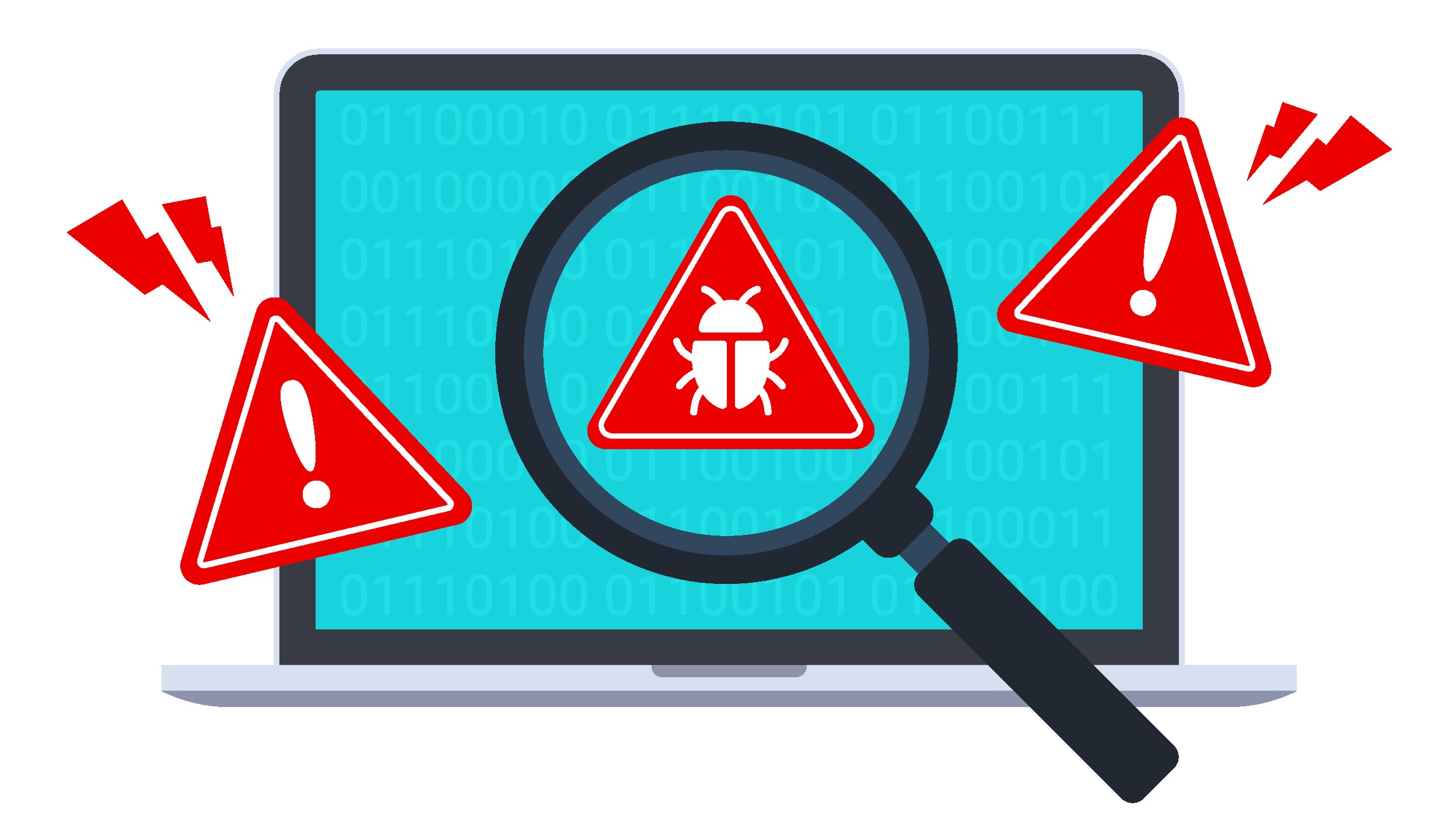Microsoft OneNote attachments are being used to spread malware
Double-clicking the file downloads dangerous trojans

Hackers have discovered a new way to bypass the macro block in Microsoft Office files and still deliver malware to unsuspecting victims through the company's suit of online collaboration apps.
Security experts at BleepingComputer found freshly distributed phishing emails equipped with OneNote attachments.
OneNote is a digital notetaking app, which people can use to create a sharable content library. It comes as part of the wider Microsoft Office suite, meaning if people have this installed, they can open OneNote files, too. While OneNote’s files, called NoteBooks, don’t support macros, they do support attachments, and that’s what the crooks are now leveraging.
TechRadar Pro needs you! We want to build a better website for our readers, and we need your help! You can do your bit by filling out our survey and telling us your opinions and views about the tech industry in 2023. It will only take a few minutes and all your answers will be anonymous and confidential. Thank you again for helping us make TechRadar Pro even better.
D. Athow, Managing Editor
Malicious VBS files
The phishing emails themselves are nothing out of the ordinary - they include fake DHL parcel notifications, fake invoices, fake shipping notifications, ACH remittance forms, and such. Instead of carrying a Word or Excel file attached, they carry a OneNote file which, if opened, seems to be blurred out, with a huge button in the middle saying “Double Click to View File”.
Double-clicking, however, runs the attachment which, in this case, is a malicious VBS file.
This file then initiates communication with the command & control (C2) server and downloads the malware.
BleepingComputer obtained a couple of these emails and determined that multiple remote access trojans and infostealers are being circulated, including the AsyncRAT and XWorm remote access trojans, as well as the Quasar Remote Access trojan.
Sign up to the TechRadar Pro newsletter to get all the top news, opinion, features and guidance your business needs to succeed!
The best way to protect against these attacks is the same as it always was - educate your employees not to download attachments and click on email links from people they don’t know, don’t trust, or whose identity cannot be confirmed. Also, they should be educated not to ignore warning messages prompted in programs such as Word, Excel, or OneNote. Other than that, having a strong antivirus solution, and a firewall, is welcome.
Finally, activating multi-factor authentication (MFA) wherever possible greatly reduces the chances of more serious compromise.
- Here's our list of the best endpoint protection software
Via: BleepingComputer
Sead is a seasoned freelance journalist based in Sarajevo, Bosnia and Herzegovina. He writes about IT (cloud, IoT, 5G, VPN) and cybersecurity (ransomware, data breaches, laws and regulations). In his career, spanning more than a decade, he’s written for numerous media outlets, including Al Jazeera Balkans. He’s also held several modules on content writing for Represent Communications.